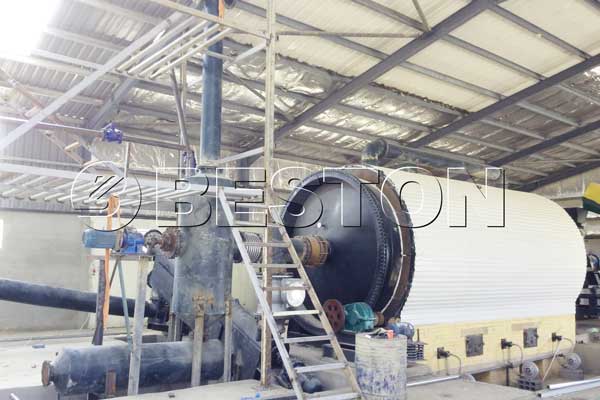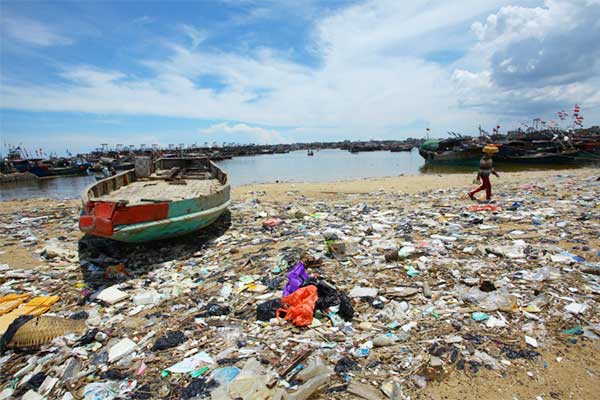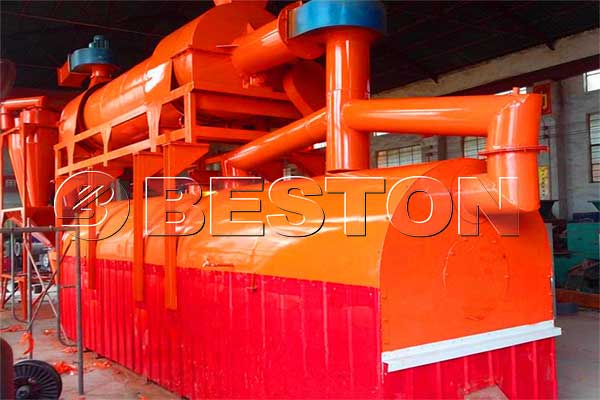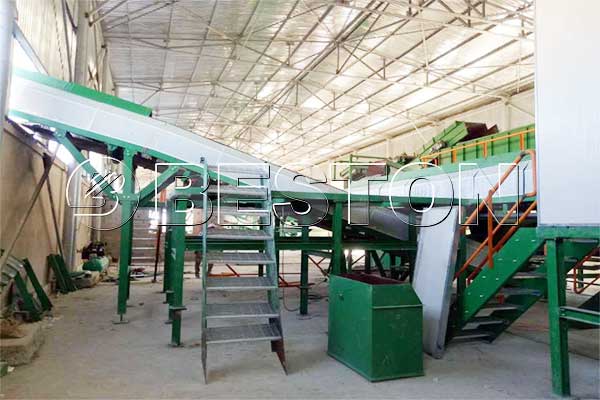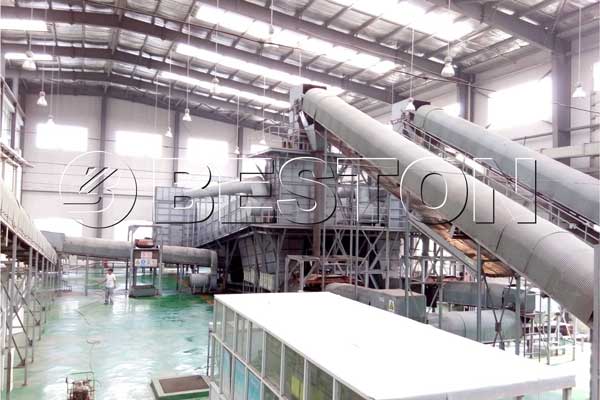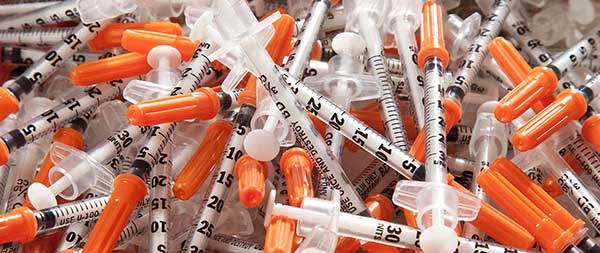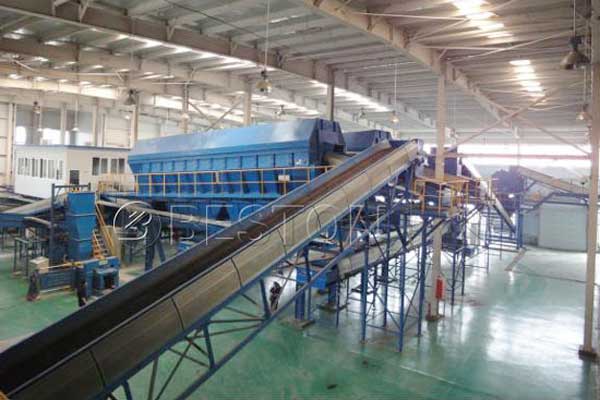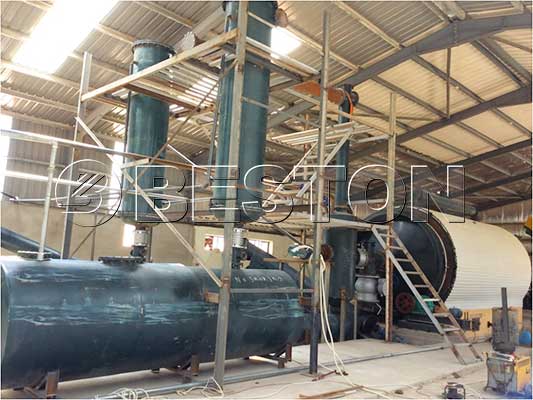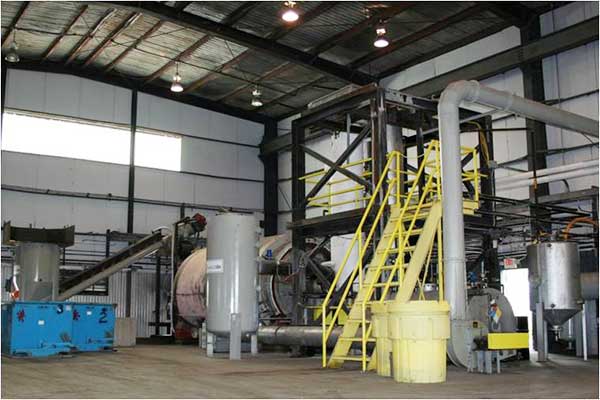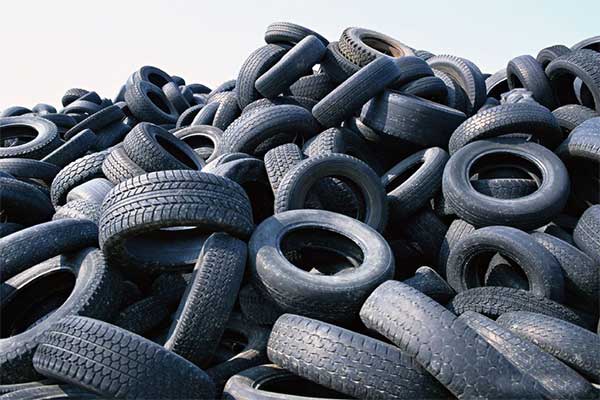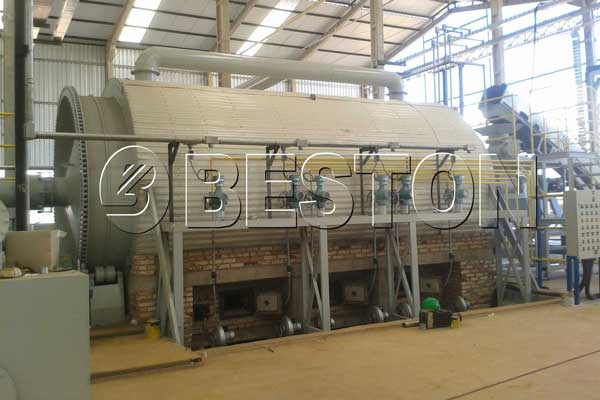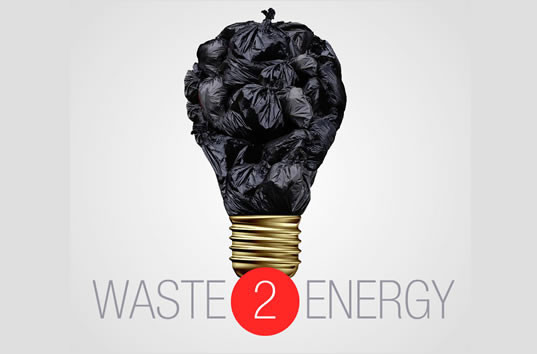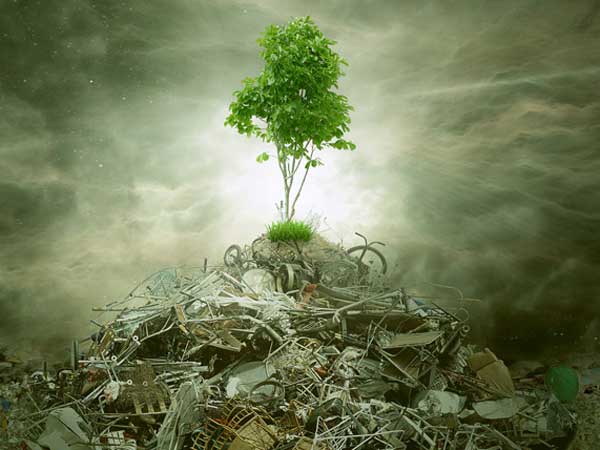There are many different forms of green energy available today and people are continually looking for more energy-efficient sources of green power as the concern about global warming and greenhouse gases comes to the forefront. For those looking to escape dependence on foreign oil and for those interested in reducing their impact on the planet, one type of energy stands out among the rest: biomass energy.
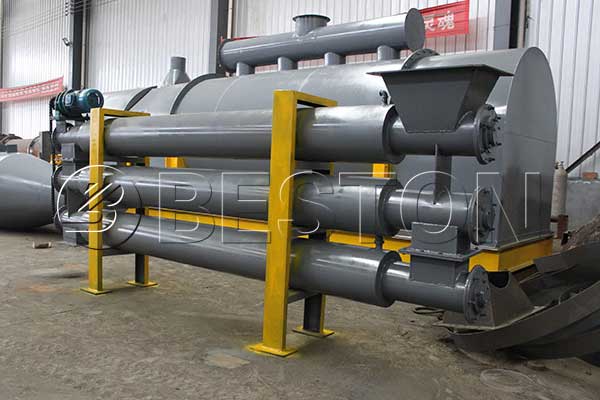
Biomass energy is energy derived from organic materials, usually waste materials.
Biomass energy is, of course, not the only type of green or renewable energy that exists on the market. Other popular options include solar power and wind power. However, while these other options get a lot of attention in the media, biomass is considerably better than these choices for several different reasons:
* Biomass helps keep waste out of landfills. While solar energy makes use of the power of the sun and wind energy harnesses the wind, biomass energy uses organic waste products to create energy. Approximately 70 percent of the waste products disposed of in landfills in the United States contain biomass and many companies produce a significant amount of biomass that adds to this number every day. Biomass keeps the waste out of landfills and harnesses it into something useful.
* Biomass energy has a very long track record of success. Biomass energy has been used in some form or another since the days of the caveman burning wood for fire. Biomass is not a new technology or a passing fancy but is instead a long-established source of energy.
* Biomass energy is a very reliable source of energy. You are not dependent upon the sun to shine or on the wind to blow in order to use biomass. This means it can be used in more places and by more people in a very reliable manner and produce the power necessary for many different applications. Many people are reluctant to switch to solar or wind power because of problems with consistent energy being available but this worry is eliminated when you make use of biomass. In fact, some companies produce enough biomass waste to provide all that they need for their energy production without depending on a third-party supplier, increasing reliability even further since there is always a ready source of biomass.
* Biomass energy doesn’t require an entirely new system or process to work. With co-firing, you can use your existing boilers and use biomass along with coal in order to reduce the amount of coal used by up to 20 percent. This is much easier in many cases than trying to entirely switch your power plant to solar or wind power.
* Biomass energy is the only form of liquid renewable energy that is available. This factor, along with the fact that it doesn’t depend on sun or wind, also helps to make it suitable for applications and uses where wind and solar power would not necessarily work. More about biomass uses: https://www.bestongroup.com/biochar-production-equipment/.
All of these are significant advantages of biomass energy and they all help to explain why biomass is preferable to other sources of green or renewable energy. If you want to stay ahead of the curve; be prepared for new potential government regulations that limit energy use; and do your part to reduce waste and greenhouse gases, it is time to consider biomass for your industrial or commercial application.
Article Source: http://EzineArticles.com/7154786


